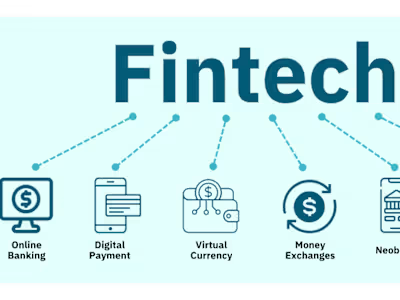My approach on securing a client company's systems
As a cybersecurity expert working to test and secure a big company's systems, my approach should involve a combination of proactive testing, vulnerability assessment, and implementing robust security measures. Here's a general guide on how I went about it:
1. Understand the Company's Infrastructure:
Familiarize myself with the company's network architecture, hardware, software, and data flow.
Identify critical assets, sensitive data, and potential entry points for attackers.
2. Conduct a Risk Assessment:
Identify potential threats and vulnerabilities specific to the company's industry and operations.
Evaluate the impact and likelihood of these threats to prioritize security efforts.
3. Perform Vulnerability Assessment:
Use automated tools and manual techniques to identify vulnerabilities in the company's systems.
Prioritize vulnerabilities based on their severity and potential impact.
Regularly update and patch software to address known vulnerabilities.
4. Penetration Testing:
Conduct ethical hacking by simulating real-world attacks to identify weaknesses in the company's defenses.
Test network security, web applications, and other critical systems for vulnerabilities.
Provide detailed reports on findings, including potential exploits and recommended mitigation.
5. Social Engineering Testing:
Test the company's human factor by simulating social engineering attacks, such as phishing campaigns.
Educate employees about the risks of social engineering and establish procedures for reporting suspicious activities.
6. Network Security:
Ensure that firewalls, intrusion detection/prevention systems, and network segmentation are effectively implemented.
Monitor network traffic for anomalies and potential security incidents.
Implement strong access controls and authentication mechanisms.
7. Application Security:
Conduct thorough security assessments of web applications, APIs, and mobile apps.
Employ secure coding practices and perform code reviews.
Implement web application firewalls (WAFs) and regularly update application security mechanisms.
8. Endpoint Security:
Implement robust endpoint protection solutions, including antivirus and endpoint detection and response (EDR) tools.
Enforce security policies for employee devices, including mobile devices and laptops.
9. Data Security:
Encrypt sensitive data, both in transit and at rest.
Implement data loss prevention (DLP) solutions to monitor and prevent unauthorized data access or exfiltration.
10. Incident Response and Recovery:
Develop and test an incident response plan.
Establish a Security Operations Center (SOC) for continuous monitoring and rapid response to security incidents.
Regularly conduct tabletop exercises to ensure preparedness.
11. Employee Training and Awareness:
Train employees on security best practices, including password hygiene, recognizing phishing attempts, and reporting security incidents.
12. Regular Security Audits and Compliance Checks:
Conduct regular security audits to ensure ongoing compliance with industry standards and regulations.
Keep abreast of emerging threats and adjust security measures accordingly.
13. Continuous Monitoring and Improvement:
Implement continuous monitoring tools to detect and respond to security events in real-time.
Regularly review and update security policies and procedures.
Like this project
Posted Jan 10, 2024
Successfully implemented robust security measures for several corporations, protecting sensitive data and preventing unauthorized access to their network.
Likes
0
Views
5



